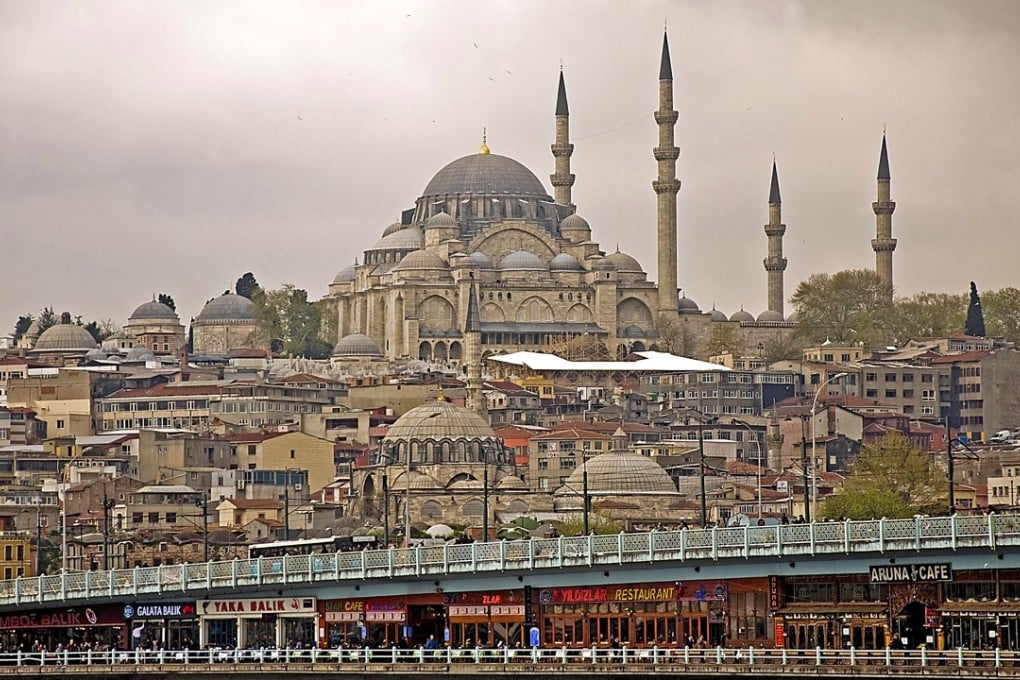What is the One Belt, One Road strategy all about?
Five answers to frequently asked questions about this development strategy

Q: What is “One Belt, One Road”?
A: It’s the name of a development strategy by the Chinese government to revive the land and maritime Silk Roads dating back to the days of Marco Polo. “Belt” refers to a vast area in Eurasia, and “Road” stands for the sea route that links China’s coastal cities to Africa and the Mediterranean, passing key ports in Southeast Asia and the Suez Canal.
Q: When was it started and who initiated it?
A: The concept was unveiled by Chinese President Xi Jinping in September and October 2013 during his visits to Kazakhstan and Indonesia. Xi set up a US$40 billion Silk Road infrastructure fund to kick-start the project. The newly established Asian Infrastructure Investment Bank may also provide funding.
Q: How many counties are involved? Which ones?
A: It covers 65 countries on three continents, including Kazakhstan, Uzbekistan, Russia, Thailand, Malaysia and Indonesia.